Sardar Vallabhbhai Patel Essay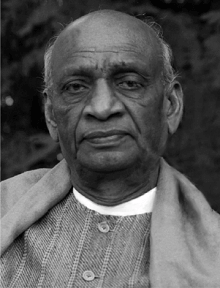
Popularly known as the "the Iron Man of India", Sardar Vallabhbhai Patel is regarded as one of the most influential and dynamic freedom fighters in India. He was a key contributor to our country's Freedom Movement. Sardar Patel was among the most notable and influential figures in the Indian Freedom struggle. He was a huge contributor to the fight for the Independence of our nation. Early Life and EducationSardar Vallabhbhai was born October 31, 1875, in the Leuva Patel Patidar community located in Nadiad village of Gujarat. His full name is Vallabhbhai Jahaverbhai Patel, and he is also known by the name Sardar Patel. Sardar Patel's dad, Zaverbhai Patel, worked with the army, and his mother, Ladbai, had a keen interest in spirituality. Patel was a brave character from his early years. There was an incident when he was able to treat a painful boil without hesitation with a hot iron rod. At the age of 22, at the time that everyone graduated, Sardar Patel completed high school, and because of this, many believed that he would be working a regular job. When he completed high school, Sardar Patel continued his studies and became an attorney and then a barrister in England. When he came back to India in the 1900s, he continued to practice law in Ahmedabad, Gujarat. Contribution to India's Independence MovementVallabhbhai was elected Secretary for Gujarat as part of the Indian National Congress in 1917. The year 1918 was the time he opposed the Britisher's practice of taxing the farmers following the flooding in Kaira. He tried his best to persuade the British to return the farms' land. His noble efforts to get back the land as well as in bringing farmers from his area together are the reasons he was rewarded with the title of "Sardar". Furthermore, in 1928 the farmers of Bardoli faced the issue of an increase in taxes. When farmers could not pay the tax, their land was confiscated. Vallabhbhai was able to return the land to farmers after negotiating an agreement between the representatives of the farmers and the government. Patel also played a prominent role in the non-cooperation movement led by Mahatma Gandhi. Patel toured the country along with Gandhi Ji, where they both succeeded in recruiting 300000 members and were able to gather over 1.5 million. 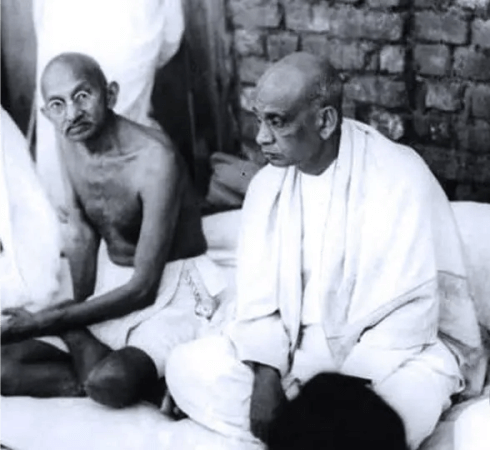
It was in 1930 that Sardar Vallabhbhai Patel was detained because he was a participant in the famous Salt Satyagraha movement that Mahatma Gandhi initiated. He also gave an inspirational speech that had a massive impact on the crowd. He participated in every event to support the Satyagraha movement spread across Gujarat when Mahatma Gandhi was imprisoned. The year 1931 was the year that Patel got released following an arrangement that was signed between Lord Irwin and Mahatma Gandhi. The same year Patel was elected to the post of president of the Indian National Congress. 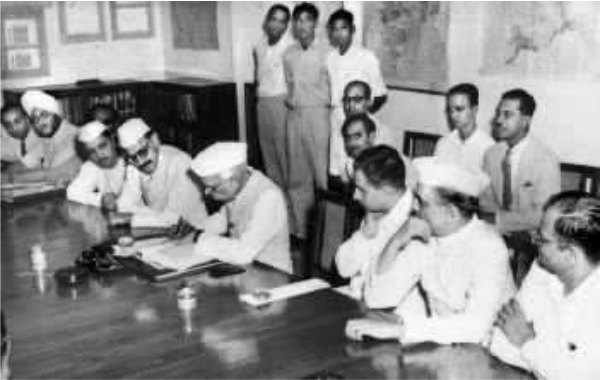
In the Quit India Movement started by Gandhiji, Vallabhbhai Patel supported him greatly, even when other modern leaders were against his views. Patel's efforts to win the campaign were persistent and led to Patel's arrest in 1941, which lasted until 1945. Sardar Patel, aka The Iron Man of India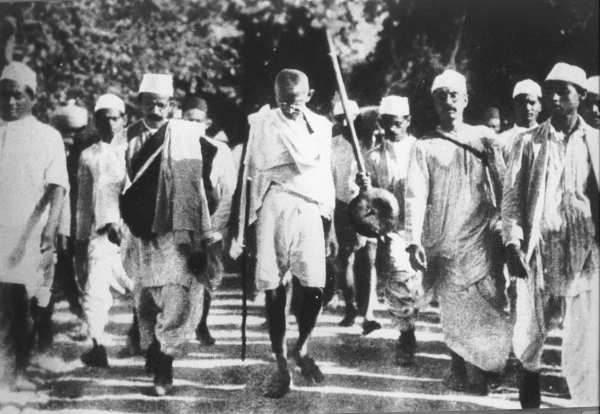
His journey was a thrilling and inspiring one. In the beginning, he was able to achieve his professional goals with no support from anyone else. He later played a crucial role in uniting the Indian people against the British foreign force. The belief he held in the concept of Unity in Diversity and standing together for India's Independence earned him the title of "Iron Man of India." In recognition of his leadership abilities and his ability to connect with people from all walks of life, he's been named Sardar Patel, which means leader Patel. Life after India's IndependenceAfter India gained independence in 1947, Sardar Patel was appointed the first Deputy Prime Minister of India. The most significant role played by him was after India gained independent status. The British government offered two options to princely states prior to independence. The option was either to be part of Pakistan or India or remain an independent state. All of this created the task of splitting extremely challenging. Sardar Patel was chosen to take on this daunting job. He was able to integrate over 562 states to come under the umbrella of the Indian Dominion. Although he succeeded in integrating most regions, but the areas of Junagarh, Hyderabad, Jammu and Kashmir were still left. Later on, they also acceded. So, he was able to manage the situation through his sharp political abilities and was also able to secure his accession. The India which we live in today is the product of the endeavours of Sardar Patel throughout his life and many other selfless men like him. Patel got elected as an influential member of the Constituent Assembly of India; whereupon his approval, Dr B.R. Ambedkar was also appointed for various other tasks. He was a key player in the creation of the Indian Police Services and the Indian Administrative Services. In addition, he was opposed to the policies formulated by the Jawaharlal Nehru government, specifically the decision on refugee concerns. DeathVallabhbhai Patel's health started worsening in 1950. At that time, he was told by the doctor that he wouldn't survive for long. After a couple of months, his physical health began to slow down and forced him to bed. On the 15th of December, 1950, a heart attack struck him, and he passed away on the same day. In 2014, his birthday, i.e., 31st January, was declared Rashtriya Ekta Diwas or National Unity Day. He was honoured with the posthumous Bharat Ratna Award in 1991. Statue of Unity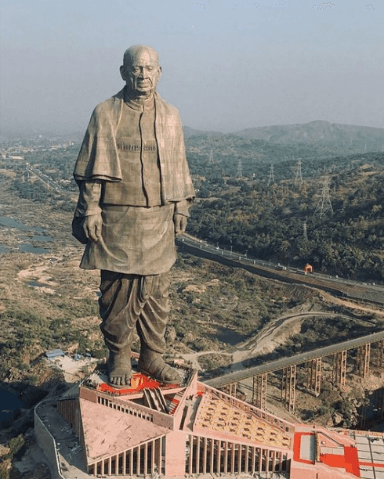
In October 2018, the honourable Prime Minister of India, Shri Narendra Modi, inaugurated Sardar Vallabhbhai Patel's statue. The sculpture was created by the well-known sculptor Ram V. Sutar. His statue is the largest in the world and stands 182 metres tall. It was constructed at Sarovar Dam in the Narmada District of Gujarat. The statue is known as the 'Statue for Unity'. The whole journey of Vallabhbhai Patel was incredibly inspiring and motivating. He achieved his goals in the field with little support from his peers and played a major role in bringing the Indian people together in the fight for freedom. His faith in the unity of diverse cultures and his persistent efforts to win back India's Independence earned him the title of "The Iron Man of India". ConclusionSardar Patel's contribution to India's freedom struggle has been truly exemplary and unrivalled. He was a great source of inspiration to youngsters of the Nation back at the time of the freedom struggle and continues to inspire people to this date. He can be called a self-made man in every sense of the term. His ideas of Integration have established the basis of Unity. India will always be indebted to its Iron Man!
Next TopicSave Trees Essay
|
 For Videos Join Our Youtube Channel: Join Now
For Videos Join Our Youtube Channel: Join Now
Feedback
- Send your Feedback to [email protected]
Help Others, Please Share










